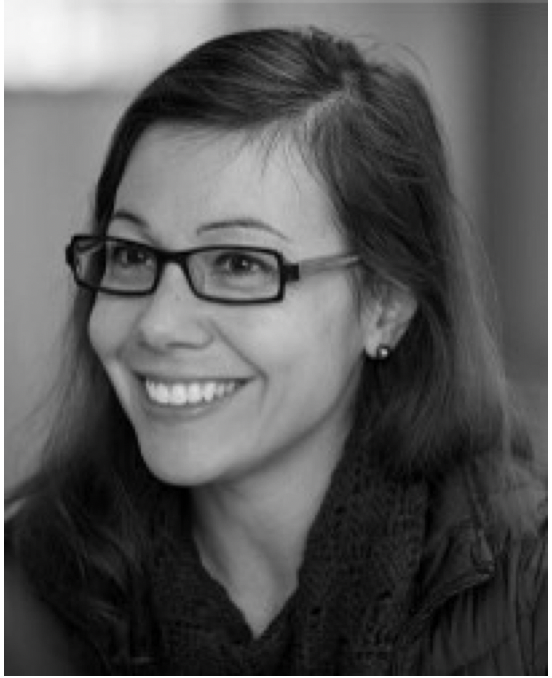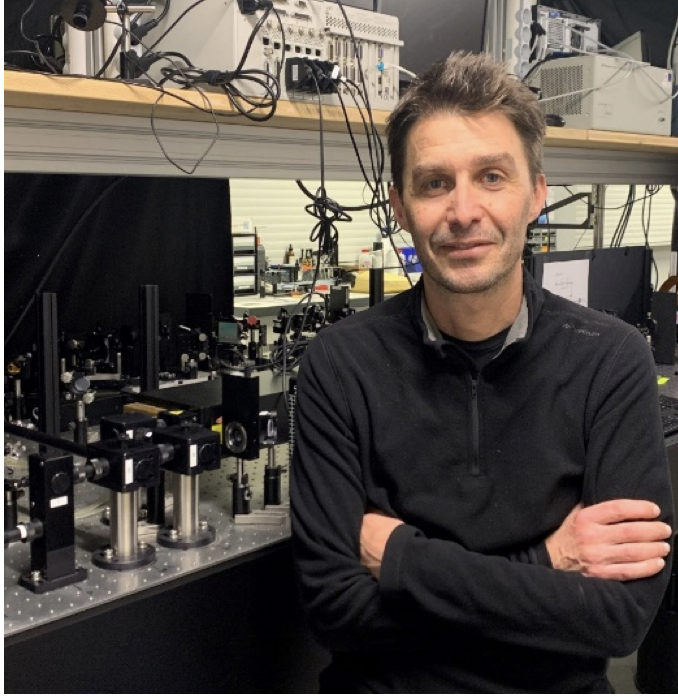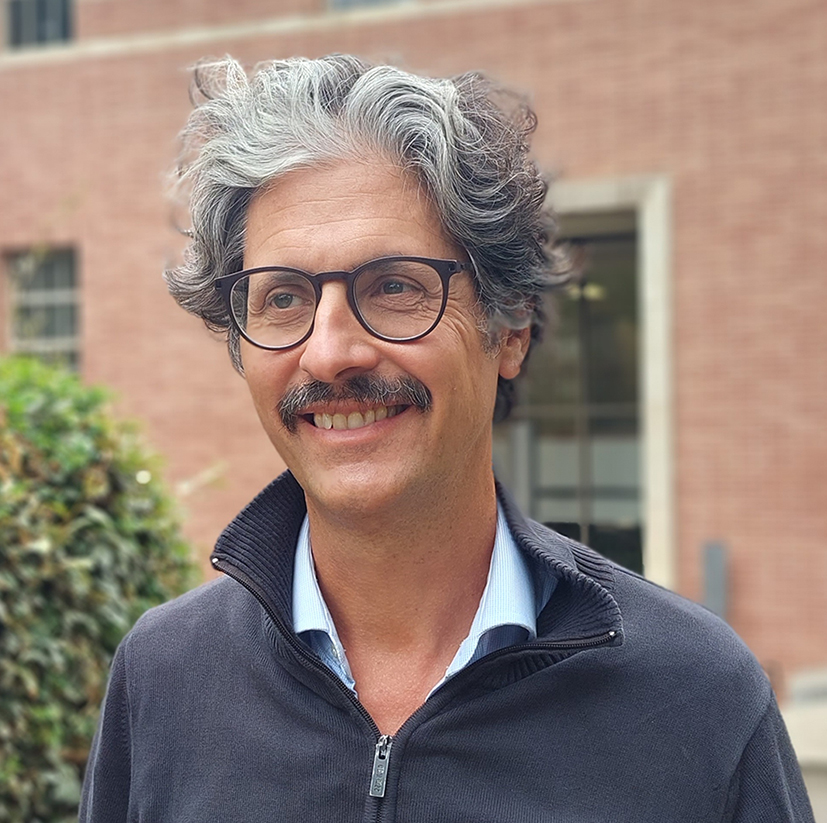PROF. FRANCESCA IACOPI
Epitaxial growth of graphene on SiC on silicon using a Ni/Cu alloy and its applications
University of Technology Sidney, Australia
Professor Francesca Iacopi has over 20 years’ international industrial and academic expertise in the miniaturization of semiconductor technologies. During the first part of her career, she has led strategic R&D projects in semiconductor industry for IMEC (Belgium) and Globalfoundries Inc (USA) in interconnects, electronic devices and packaging. Her focus as an Academic is the translation of basic scientific advances in nanomaterials and device concepts into integrated technologies. She is well -known for her work in porous dielectrics for interconnects, and, more recently, graphene for on-chip applications. The latter contribution, started during her ARC Future Fellowship, has developed into a versatile scalable technology covering applications from biosensing to integrated metamaterials for mid infrared sensing and imaging. She has authored over 170 peer-reviewed papers, with nearly 6000 citations according to Google Scholar, and holds 10 granted US patents. Recipient of an MRS Gold Graduate Student Award (2003), an ARC Future Fellowship (2012), and a Global Innovation Award in Washington DC (2014), she was listed among the most innovative engineers by Engineers Australia (2018). Francesca is a Fellow of the Institution of Engineers Australia, and she leads the Integrated Nanosystems Lab, in the Faculty of Engineering and IT, University of Technology Sydney. Francesca is an IEEE Distinguished Lecturer of the Electron Devices Society, and she serves in several Technical and Awards Committees for the Materials Research Society and the IEEE Electron Devices Society. She is an elected member of the Board of Directors of the IEEE Electron Devices Society and founder and inaugural Editor-in-Chief of the IEEE Transactions on Materials for Electron Devices. She also serves on the Board of the New South Wales Semiconductor Sector Service Bureau (S3B) and on the National Committee for Materials Science and Engineering of the Australian Academy of Sciences (AAS).

PROF. DAVID GROJO
New Dimensions Open to Ultrafast Laser Material Modifications
LP3 Lasers, Plasmas and Photonic Processes, UMR 7341 Aix-Marseille Univ./CNRS
JDavid Grojo obtained his MSc (2002) from the French Higher School “Ecole Nationale Physique de Marseille” (France) after a full year at the Center for Research in Electro-Optics and Lasers (CREOL) of the University of Central Florida (USA). In 2006, he obtained a PhD in Materials Sciences from Aix-Marseille University (France). For three years, he worked as Postdoctoral Fellow at the JASLab, NRC-uOttawa Joint Attosecond Science Laboratory (Canada) before joining in 2010 the LP3 laboratory (Lasers, Plasmas and Photonic Processes), Marseille. In LP3, he is today CNRS research director with activities focused on extreme spatiotemporal localization of high-power radiations in matter.
Among other things, David Grojo investigates microsphere-assisted near-field methods and strongly deterministic ultrafast laser interaction regimes which opens new vistas for surface fabrication technologies with nanometer resolution. He also studies the fundamental aspects of multiphoton interaction processes inside semiconductors using mid-IR femtosecond pulses. Looking at the future, this must open a route to the 3D writing of optical, microfluidic and electronic functionalities on a monolithic silicon platform. For his contributions on these subjects related to laser sciences and applications, David Grojo has been awarded by the CNRS bronze medal and an ERC Grant from the European Research Council.

PROF. GIOVANNI CAPELLINI
Advanced characterization of the crystal lattice in Group IV quantum wells
Innovations for High Performance Microelectronics Leibniz-Institut fuer innovative Mikroelektronik Im Technologiepark, Frankfurt, Germany
Giovanni Capellini is full professor in Condensed Matter Physics at the Dept. of Sciences of Roma Tre University since 2018.
His main field of interest is the development of innovative nanostructured materials with potential applications in silicon-based optoelectronics, nanophotonics, and biological sensing devices. In particular, he is interested in the morphological, structural and electronic properties of nanometric heterostructures based on germanium, silicon, and tin.
He graduated in Physics at the La Sapienza University of Rome (1994) and obtained his PhD in Physics from the University of Rome Tor Vergata (1998). In 2002 he joined Luxtera Inc., world leader in integrated nano-photonics (Carlsbad CA, USA) and the California Institute of Technology in Pasadena (CA, USA) as Visiting Associate Professor. In 2005 he moved to the University of Roma Tre as assistant professor at the Dept. of Physics. Among other appointments, he has been Senior Visiting Academics at the Atomic Fabrication Facility of the University of New South Wales (Sydney, Australia 2007-2013) and visiting professor at the University of California Los Angeles (Los Angeles, USA, 2022). Since 2012, he is Scientist at the Leibniz Institute Innovations for High Performance Microelectronics (Frankfurt Oder, Germany).
He has been awarded with the “2011 W. Mehr IHP-Leibniz award” and with the “2022 Boelter Chair in Engineering” by the University of California Los Angeles.
Giovanni Capellini has co-authored of more than 250 scientific publications in international journals and international patents, and he has presented his work in more than 70 conference talks. He has co-organized several international conferences, such as “International Conference on Silicon Epitaxy and Heterostructures/ International SiGe Technology and device meeting”, “International SiGe, Ge, & Related Compounds Symposium at the Electrochemical Society Meeting”; and the “European Material Research Society Fall Meeting”.

PROF. JEAN-MARC CHOMAZ
Irreversible abstraction an art and science research in Time-Space, scales and singularity
Laboratoire d’Hydrodynamique (LadHyX), CNRS, École Polytechnique, Institut Polytechnique de Paris, Palaiseau, France
Jean-Marc CHOMAZ is artist-physicist, director of research at the CNRS, professor at École Polytechnique. Co-founder of the Hydrodynamics Laboratory, the Labex LaSIPS, La Diagonale, La chaire arts & sciences and in 2023 of the interdisciplinary centre SPIRAL, and alumnus of the École Normale Supérieure, he has directed 31 doctorates, including 3 in art, and co-authored over 250 publications. CNRS Silver Medal, Ampère Grand Prize winner, Fellow of APS and Euromech, his research interests include soap films, instability, vortex bursting, geophysical fluids, and arts and sciences. As an artist, he has created over thirty solo and collaborative installations, exhibited internationally since 2005.

